The Swine Flu Hysteria
My blog post Much Ado about Nothing: Influenza A H1N1, elicited some positive and negative responses in the blog, Facebook, email and indirect references in other blogs. Patrick Di Justo writes in Apocalypse Not: Behind the Swine Flu Hysteria, Wired magazine 17.07
At the height of the swine flu pandemic this spring, when the US Centers for Disease Control and Prevention was recommending that schools with cases of H1N1 be closed for 14 days and Mexico was still on lockdown, the epidemiology community already suspected the world wasn't ending. Why? The numbers came in: case fatality rate (how many infected people are dying) and replication rate (how many others an infected person will transmit the illness to — "R-zero," in disease-speak). H1N1 had an RØ of about 1.3, high enough to spread the virus but low enough that a strong isolation program could break its back. Its case fatality rate was a wussy 1.9 percent in Mexico and 0.1 percent worldwide. By comparison, the 1918 Spanish flu had an RØ of 2.7 and a case fatality rate of up to 5 percent, making it far more deadly. A real apocalypse, like the killer flu in The Stand — Stephen King's opus of epidemiologic eschatology — would be off the chart, with an RØ of 5 to 6 and a case fatality rate of 99 percent. So, don't panic ... unless H1N1 surges this fall. Where did we leave that hand sanitizer, again?
read more for the wonderful and informative graphs.
One good thing that come out of this pandemic is that it reveals the effectiveness of our governments and health authorities in their ability to respond to a pandemic. This report from Trust for America's Health (TAfT) give 10 early lessons learned from the H1N1 outbreak makes for interesting reading. While the pandemic is not over yet and we are watching for the infection rates in the southern hemisphere, it may be time for us to take stock of our preparedness and appropriateness of our responses to pandemics.
Labels: Medical Education, Medical Students, Medicine





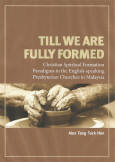

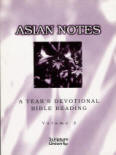
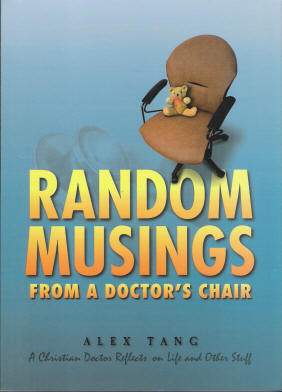
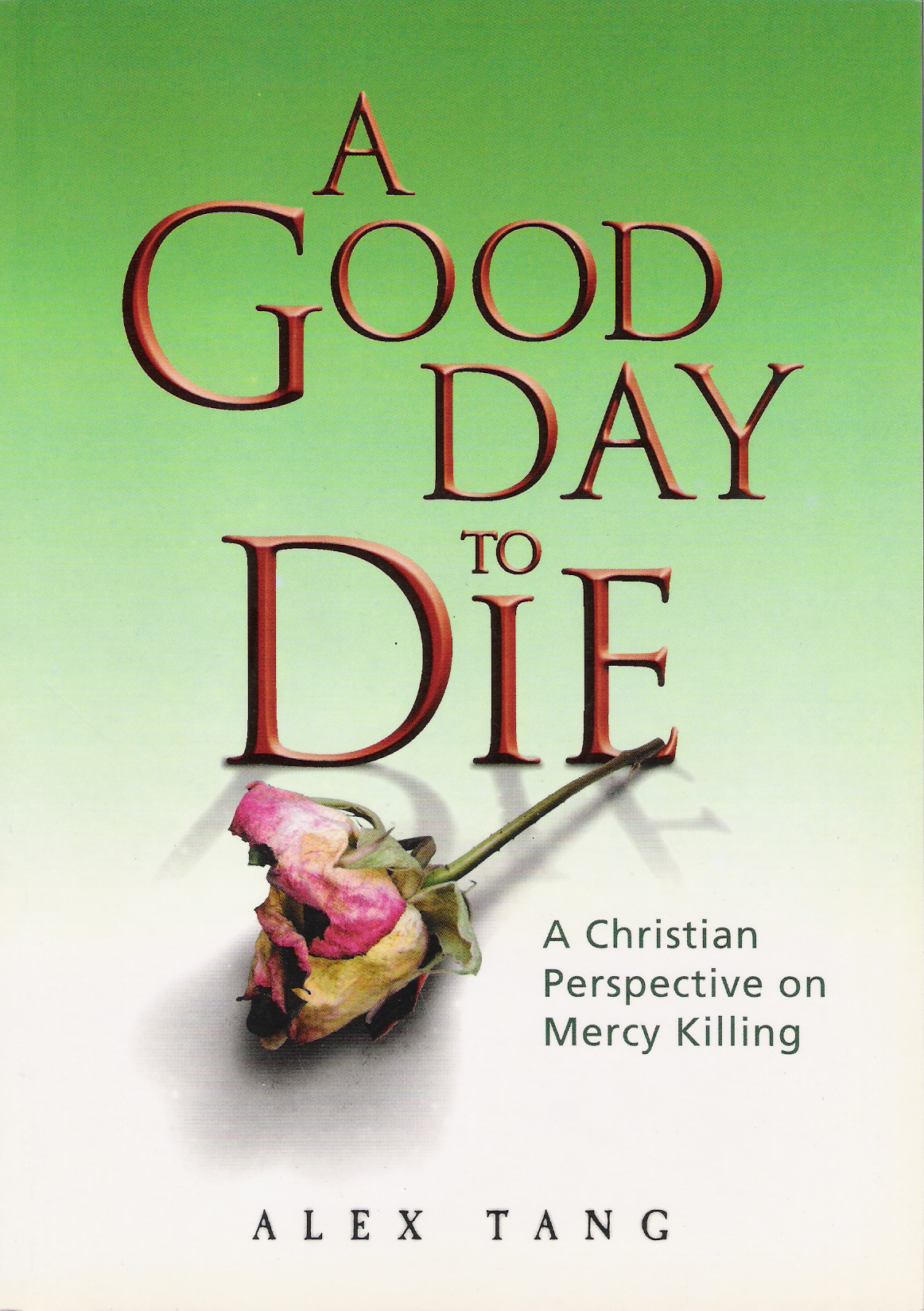



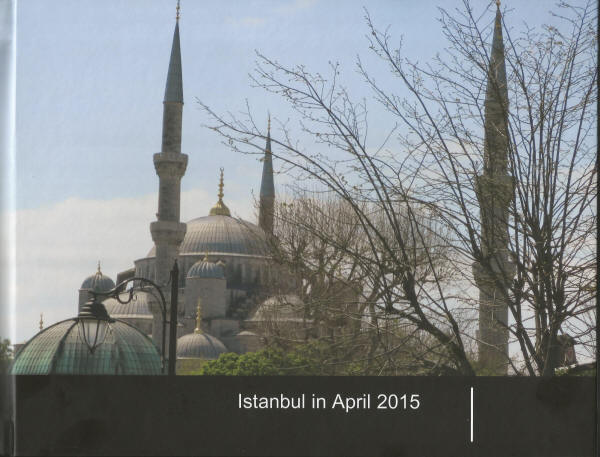
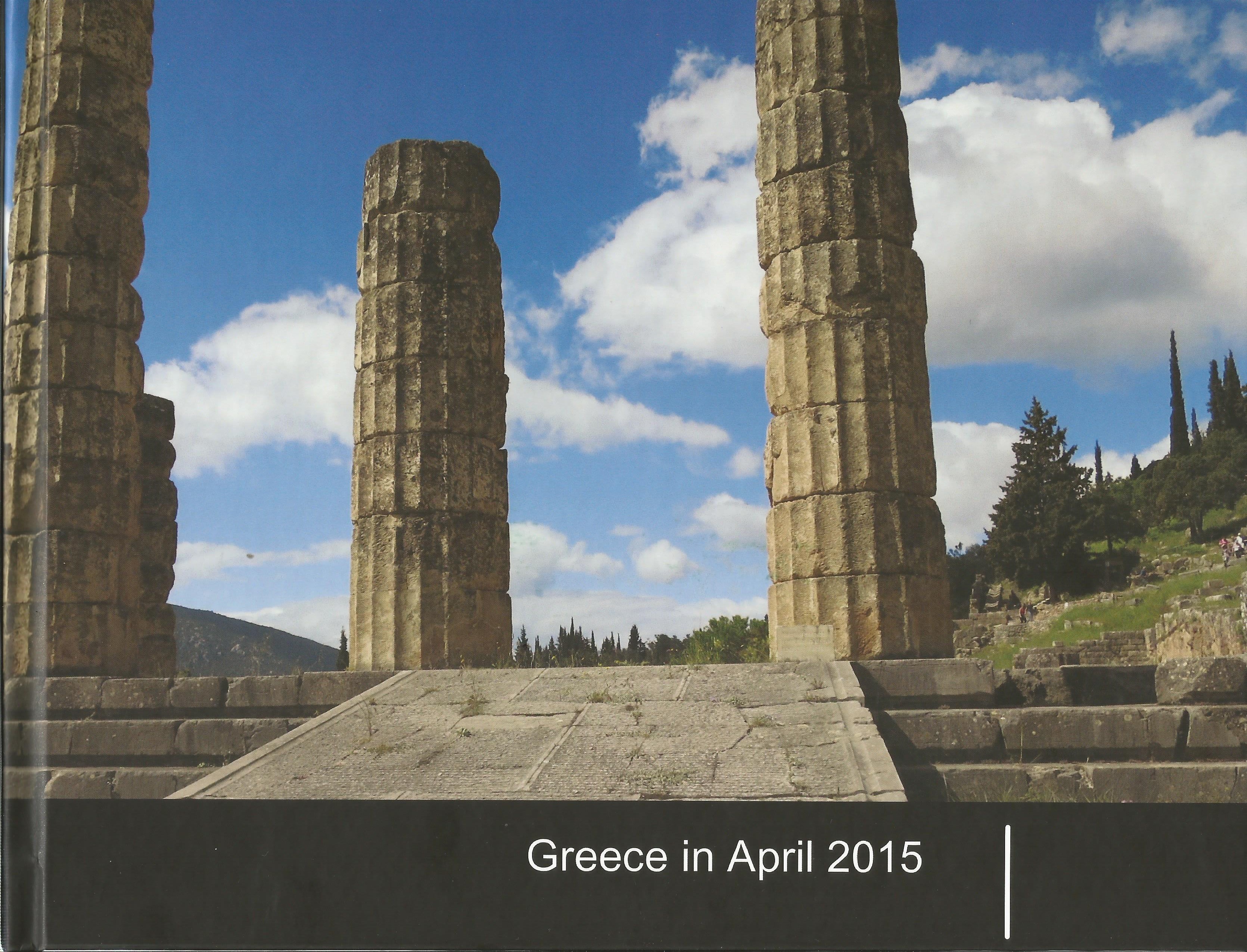
0 Comments:
Post a Comment
<< Home